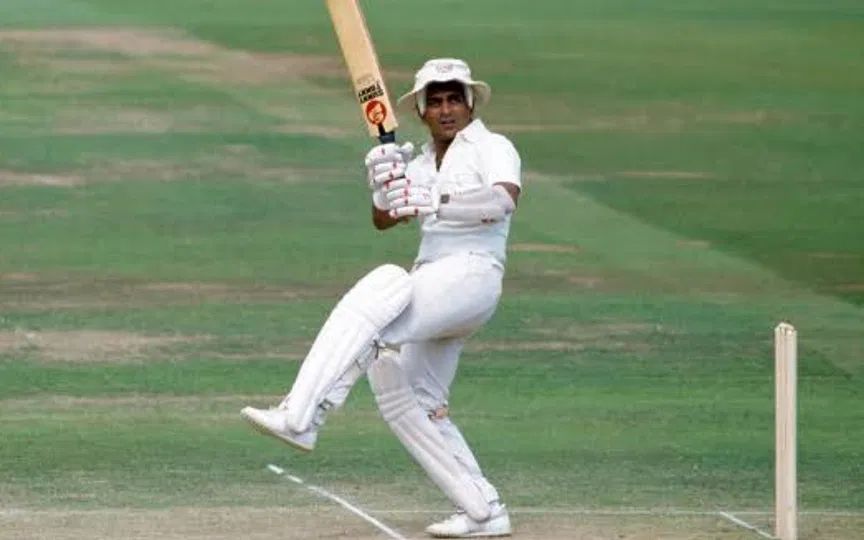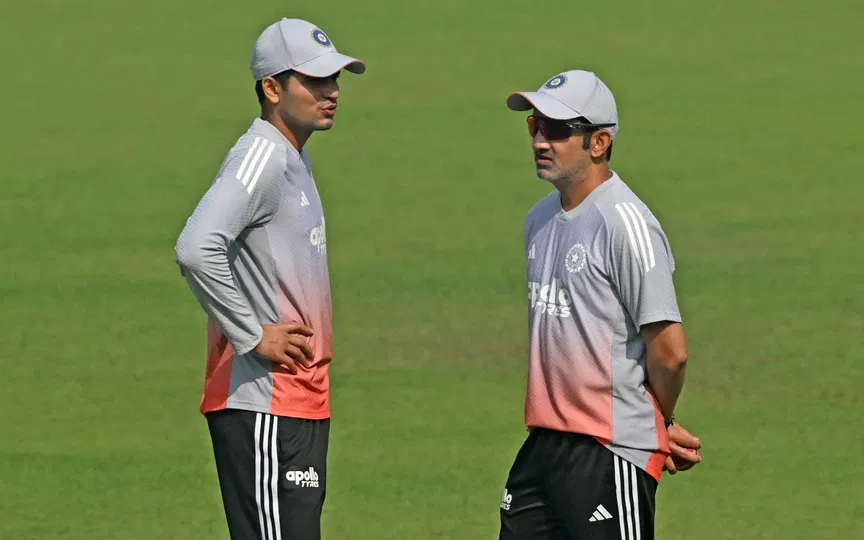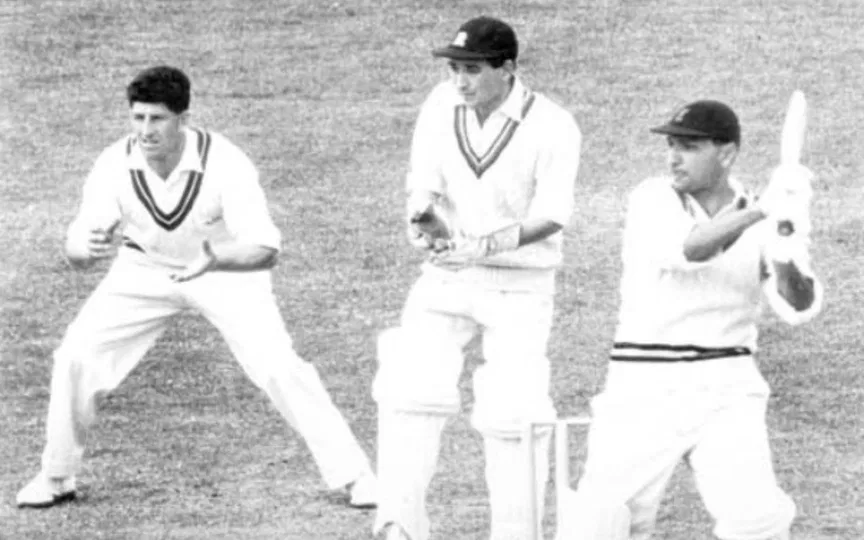![Barsapara Stadium, Guwahati. [Source - @kaushiktweetz/x.com]](https://onecricketnews.akamaized.net/parth-editor/oc-dashboard/news-images-prod/1763560037337_Barsapara_Stadium.jpg?type=hq) Barsapara Stadium, Guwahati. [Source - @kaushiktweetz/x.com]
Barsapara Stadium, Guwahati. [Source - @kaushiktweetz/x.com]
Guwahati is set to host its first-ever Test match at the Barsapara Cricket Stadium, marking a major milestone for cricket in the state and northeast. As excitement builds, looking back at the venue’s last ten first-class matches offers a useful preview of what teams might encounter here.
These recent games reveal patterns in how the games went and wear that define Barsapara’s character across innings. With so much chaos surrounding the pitch during the first Test at Eden Gardens in Kolkata, examining Guwahati’s own record becomes essential to understand how the surface might behave.
A venue dominated by draws
A striking feature of Barsapara’s recent red-ball history is the sheer number of drawn matches. Seven of the last ten Ranji Trophy games at the venue have finished without a result, reflecting the pitch’s slow nature and the difficulty bowlers face in forcing breakthroughs across four days.
| Innings | Average Team Total | Win/Lead |
| First innings | 340 | 2/4 |
| Second innings | 292 | 1/3 |
Table - Records of team batting first and second in last 10 Ranji Trophy matches in Guwahati
Ideal batting conditions in the first two days have repeatedly pushed games toward stalemates, while rain has often cut valuable overs as well.
With teams averaging about 340 when batting first and winning or taking the lead in 6 of the last ten Ranji Trophy matches at Barsapara Stadium, choosing to bat first is ideal, and long, hard-fought contests seem likely to continue.
Spin has a role, but pace proves more potent
While spinners traditionally come into the game as the surface dries, offering drift and turn later on, the recent pattern at Barsapara tells a different story. Pacers have taken the bulk of the wickets in the last ten Ranji Trophy matches here.
| Bowling Type | Wickets |
| Pacers | 162 |
| Spinners | 96 |
Table - No. of wickets taken by pacers and spinners in last 10 Ranji Trophy matches in Guwahati.
One of the major reason behind this might be because most games rarely progressed deep into the third and fourth innings which is a period when spinners usually have a greater say on Indian pitches. As a result, spin has had limited opportunity to influence but that might change in a five-day Test match game.
Moreover, the twist lies more in how the surface behaves early on. Over the first two days, fast bowlers have consistently dominated the wicket charts in Ranji Trophy at this venue, helped by a black-soil pitch that offers average bounce and rewards a tight, stump-to-stump line.
The track is rarely seen green, and the lack of natural pace, combined with the tendency for the ball to skid, makes disciplined, stump-to-stump seam bowling highly effective. Spinners may still come into play if matches stretch longer, but recent evidence clearly tilts in favour of pace.
In fact, in the only red-ball match played here earlier this season in November this year, Assam vs. Railways, pacers claimed 16 wickets while spinners managed only 5, further reinforcing the dominance of fast bowling on this surface, definitely in the first two days.
What to expect in the second Test between India and South Africa ?
Despite occasional deviations, Barsapara’s broader identity remains that of a slow, mostly flat pitch. It is generally a black-soil surface, but this time expected to be more of a red soil surface for the Test with just a hint of grass to hold the wicket together.
In most Ranji Trophy matches, outright pace terror is rarely seen. Instead, the wicket encourages high-intensity, long bowling spells, patient batting, and a gradual wearing down of opponents.
Bowlers had to work tirelessly for breakthroughs rather than rely on generous pitch assistance. However, the Test match is not expected to play the same way, as a red-soil wicket is likely to be offered, one that provides more pace and bounce, dries quicker than black soil, and eventually brings the spinners into play.
If the pattern of the last ten games holds, Guwahati’s first Test may hinge less on dramatic assistance off the wicket and should certainly last longer than the Kolkata Test, unless something drastically changes due to the red-soil pitch offered.







